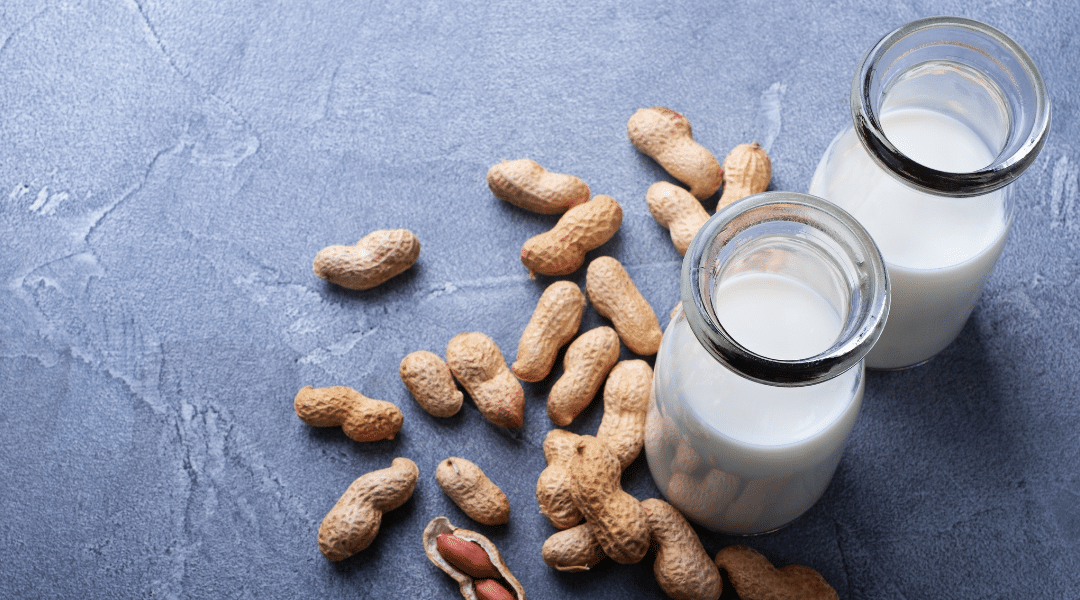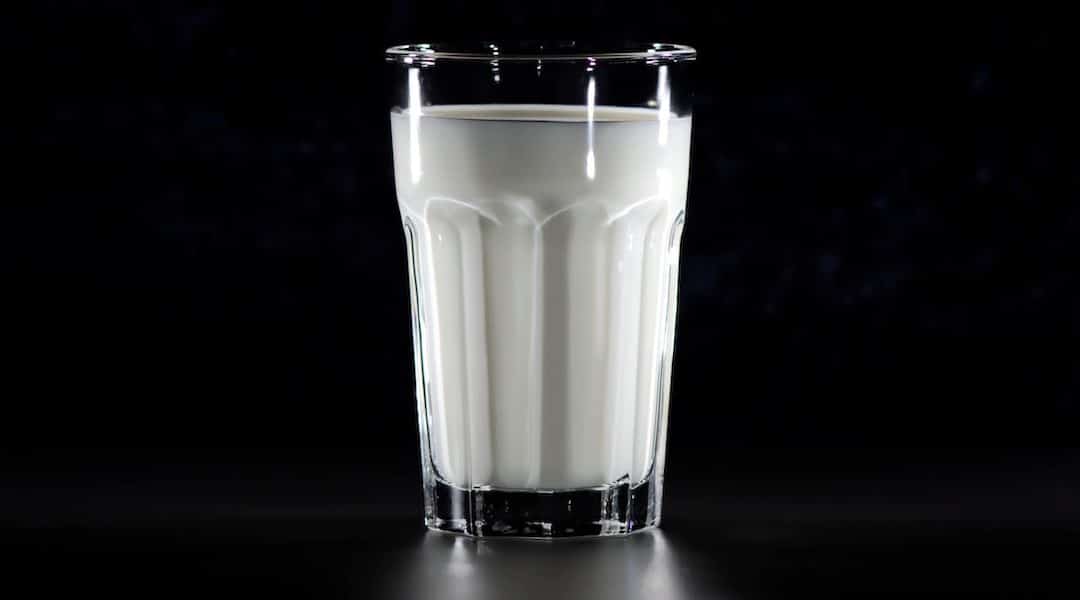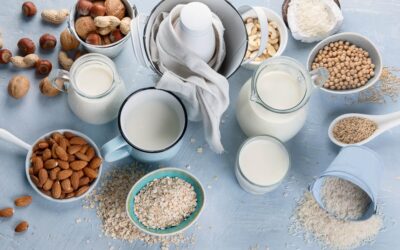In recent years, an air of virtuosity has been associated with the plant-based and dairy-free diet. As such, marketers are capitalizing on the trend and using these labels to hype up products as health foods. It’s not an anomaly to find a bag of chips labeled “plant-based” or a tub of frosting with a big “vegan” label on it. However, it’s the back of the label that truly deserves your attention. This is part three of our series on healthy eating. In this section, we’ll educate you on what nutrients you need, how to read a nutrition label, and how to empower yourself to make food choices that will make you feel fantastic.
What Nutrients Do You Need?
Food exists to provide nutrients and calories—it’s the reason we eat. Our bodies need fuel to function, but what comprises that fuel can make us feel amazing or weigh us down. For simplicity’s sake, we’re breaking it down into macronutrients and micronutrients. Most are familiar with macronutrients: carbohydrates, protein, and fat. Dietitian Cynthia Sass stresses that each individual has slightly different needs in regards to the ratio of macronutrient intake, but she generally advocates that 45-55% of one’s calories should come from carbohydrates, 20-30% from protein, and 25-35% from (mostly unsaturated) fat. You don’t have to count calories to be healthy, but these ratios help us realize that about half of our food should come from carbs and a quarter to a third should come from protein and fats, each.
Macronutrients are important, but micronutrients play an equally essential role in one’s health. There are dozens of micronutrients but think of them as vitamins and minerals—calcium, vitamins A-K, zinc, iron, potassium, fiber, etc. Each performs specific functions in the body and can lead to serious side effects and health problems if one is deficient. Those who are dairy-free typically want to look for calcium and vitamin D, as milk is a common (but not the only) source for those two particular nutrients. Recommended daily amounts for each of these nutrients vary by age, but in general, the USDA recommends adults consume 1,000mg of calcium and 600 IU of vitamin D per day. Many plant milks are fortified with calcium and vitamin D, but to learn more about where to find these essential nutrients, read this article.
One other micronutrient to pay attention to is fiber. Most Americans are deficient—95 percent of them don’t get enough—but that is likely due to the fact that American diets are saturated with animal products that contain very little or no fiber at all. Plant foods, on the other hand, are packed with it. The Institute of Medicine recommends women consume 25 grams of fiber and men consume 38 grams daily. Fiber is crucial for digestion, and those who don’t get enough could experience bloat, constipation, or general sluggishness.
Read the Nutrients, Not the Label
While front-of-package labels such as “Vegan,” “Dairy-Free,” or “Plant-Based” help you determine at a glance that there are no animal products lurking in the products, these labels are not a clear indication of health. For example, Country Crock Plant Butter Sticks with Avocado Oil are dairy-free and plant-based, but when you look at the nutrient label, you’ll find one tablespoon contains five grams of saturated fat and virtually no vitamins or minerals. Is it better for you than dairy-based butter? We’d argue yes, it is, as it’s devoid of trans fat, cholesterol, and those not-so-great foreign compounds we discussed earlier. There is a place for dairy-free butter in a healthy diet, but it should be used sparingly.
When reading a nutrition label, here is what to look for. First off, the serving size. For example, most ice cream pints list the serving size as a half cup, but many go through half a pint in one sitting. When doubled, those two grams of saturated fat suddenly turns into four, 250 calories balloon into 500, and yet you’re only getting 2 grams of protein and one gram of fiber. The second item to look out for is the saturated fat. The American Heart Association cautions against no more than 13 grams of saturated fat per day for those who consume a 2,000 calorie diet. Next, check out the macro and micronutrient profile. Not all foods need to have a perfect macronutrient ratio, because a healthy diet is all about variety. For example, fruit is high in carbohydrates but low in fat in protein, but later you may eat some nut butter which is high in both of those macros. In regards to micronutrients, a food that contains some amount of fiber and 10 percent or more of essential nutrients such as calcium, iron, vitamin D, and/or B vitamins is a decent pick. To sum up: look at the serving size then scan for little to no saturated fats, high fiber, and some micronutrients.
Conclusion
The rule of thumb when it comes to dairy-based analogs is to treat them like the products they represent. A treat is a treat, whether it’s dairy-free or otherwise. Whole. plant-based foods are the foundation of optimum health. When you play by the 80/20 rule, you’ll hit that sweet spot. We don’t advocate for deprivation, just moderation, and when you discover how varied and mouthwatering whole, plant-based foods can be, you won’t be craving the processed stuff.
This is part three of our series on healthy eating. For more on transitioning to a whole foods, plant-based diet, listen to these everyday individuals who made the switch for good.
The Pleasure Trap with Dr. Jen Howk
Beating Food Addiction with Chuck Carroll
Can Diet Help Us Overcome Addictions with Adam Sud








